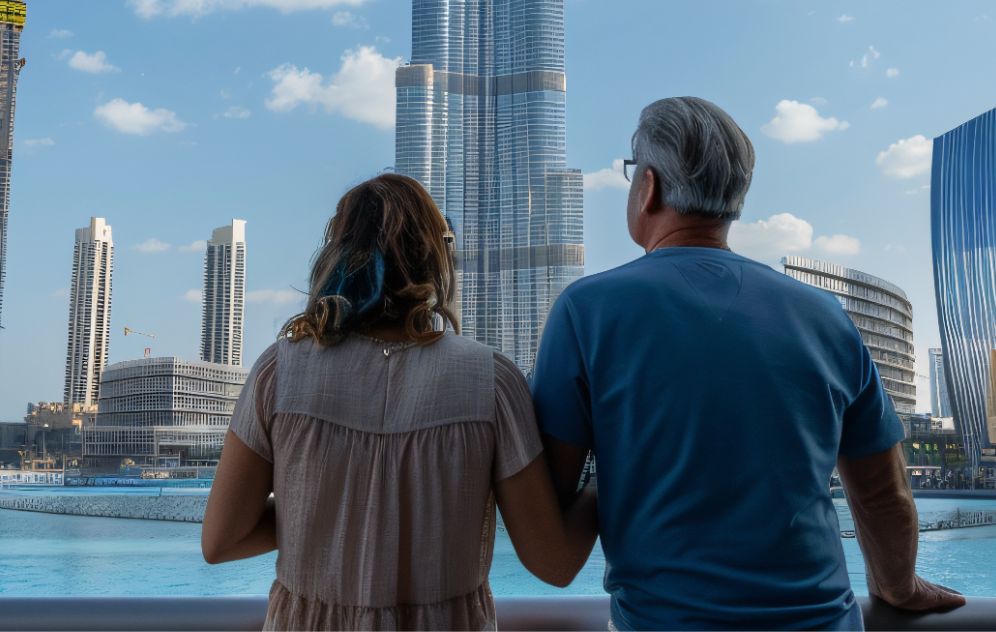
When buying a property in Dubai, you can either take out a bank‑backed mortgage or opt for a flexible developer payment plan. Mortgages offer traditional financing; payment plans allow phased installments often with lower upfront cost. Choosing the right route depends on your budget, residency status, timeline and investment goals.
Buying property in Dubai is an exciting step—but financing it can feel complex. Whether you’re a resident or newcomer, understanding mortgages vs. payment plans is essential. In this article we’ll break down how each option works, what the requirements are, key differences, and how to select the best plan for your circumstances.
What types of financing are available when buying property in Dubai?

Bank mortgages in Dubai allow buyers to borrow a percentage of the property value (often up to 80 % for residents) with interest and a defined repayment term. Non‑residents may see lower loan‑to‑value (LTV) ratios.
Key points:
Example: If you borrow AED 2 m at 4 % interest over 20 years, you’ll pay about AED 12‑13k/month (estimate varies).
Use‑case: Ideal if you have steady income, want immediate move‑in or rental income, and prefer bank backing.

Developer payment plans are offered directly by property developers—especially for off‑plan projects. They allow you to pay in stages, often before handover and sometimes after.
Common types:
Features: Lower upfront deposit, interest‑free or low interest, phased payment structure, often only available for off‑plan units.
Use‑case: Great for cash flow‑sensitive buyers, investors, first‑time buyers, or those planning ahead of handover.

Decide whether you’re buying to live, to rent or to flip. The budget must include deposit, payments/installments, and ongoing costs.
Freehold zones offer full ownership rights. Choose established areas or up‑and‑coming zones.
For mortgages: interest rate, term, down‑payment, penalties.
For payment plans: milestone link, handover date, balloon payments.
Track payments, monitor market trends, plan for rental or sale exit.
Mitigation checklist:
Financing isn’t just about monthly payments—it shapes your return on investment. Lower upfront deposit and flexible plans can free up capital for other investments. Proper mortgage terms reduce repayment pressure and increase net income. Financing aligned to your property timeline (e.g., off‑plan handover) enhances rental/resale payoff.

Financing your Dubai property—via bank mortgage or developer payment plan—can be smooth and strategic when you understand the options, costs, and risks. Choose what's aligned with your budget, timeline and goals.
Ready to explore an intelligently financed property? Check out our Mayfair Nexus apartment options in Dubailand. Book a viewing or download the payment plan‑proposal today.
Foreign buyers need a minimum 20% down payment for properties under AED 5 million. For UAE nationals, it’s 15%. These percentages may vary depending on the lender and buyer profile. It’s essential to budget for registration fees and mortgage processing costs as well.
Off-plan payment plans in Dubai typically follow a construction-linked model. Buyers pay 10–20% at booking, with the rest spread across milestones and a final handover amount. Some developers offer post-handover plans or flexible 1% monthly schemes, making ownership accessible.
It depends on your financial goals. Mortgages offer long-term financing with bank backing but require eligibility and documentation. Developer plans are flexible, often interest-free, and popular for off-plan properties. Compare costs, commitment, and liquidity before choosing.
Yes, expats can apply for mortgages from local or international banks in Dubai. Eligibility is based on income, credit history, and employment status. Most lenders offer up to 25-year terms with competitive interest rates, subject to Central Bank regulations.
Beyond the property price, buyers should budget for:
Some banks offer mortgages for select off-plan projects by approved developers. These are usually offered close to completion and involve tighter eligibility checks. Many buyers prefer developer payment plans for flexibility.
Pre-approval takes 3–7 days. Full approval may take 2–4 weeks, depending on document readiness, valuation, and bank processing. Starting with pre-approval is ideal to fast-track property selection and negotiation.
Most banks require a monthly income of AED 15,000+ for expats and AED 10,000+ for UAE nationals. Freelancers and business owners may need to provide audited financials or six months of bank statements. Debt-to-income ratio must stay below 50%.
Off-plan units often come with lower upfront costs and attractive payment plans, but carry construction risk. Ready properties usually require mortgages and full fees upfront but allow for immediate use or rental income. Your timeline and risk appetite matter most.